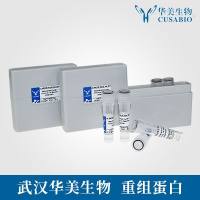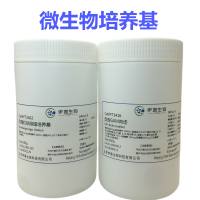Molecular Identification of Nematode Worms From Seafood (Anisakis spp. and Pseudoterranova spp.) and Meat (Trichinella spp.)
互联网
520
Fish-borne and meat-borne parasitic infections represent an important public health concern, given the increasing risk of acquiring these pathogens and related allergies through the consumption of raw or undercooked seafood and meat. This can, in part, be attributed to the increased globalization of both the food industry and eating habits. For the analysis of food-borne pathogens and for molecular epidemiology, in vitro amplification of nucleic acids using polymerase chain reaction (PCR) has become a powerful diagnostic tool. Each parasite species has a specific distribution area and range of hosts. Because the infecting larval stages of the species belonging to the genera Anisakis, Pseudoterranova , and Trichinella are morphologically indistinguishable, the only chance of identifying these pathogens at the species or genotype level is through PCR-derived methods. PCR amplification of ITS1 and ITS2 regions, followed by restriction fragment length polymorphism (RFLP), allows for the distinction among species of the genera Anisakis and Pseudoterranova . For Trichinella worms, a multiplex PCR analysis can be used to distinguish among the eight recognized species and four genotypes (Trichinella T6 and three populations of T. pseudospiralis ), whereas to distinguish the genotypes Trichinella T8 and T9 from Trichinella britovi , PCR-RFLP can be performed.









